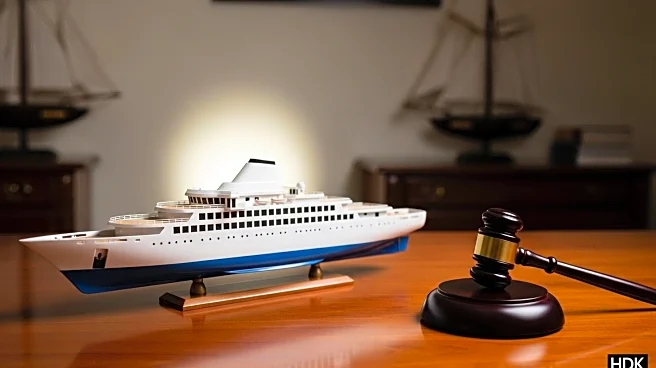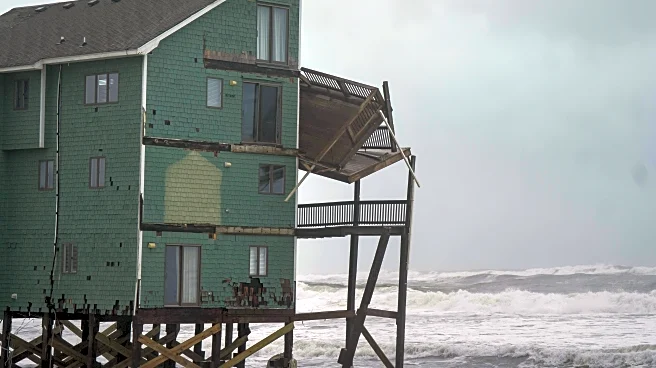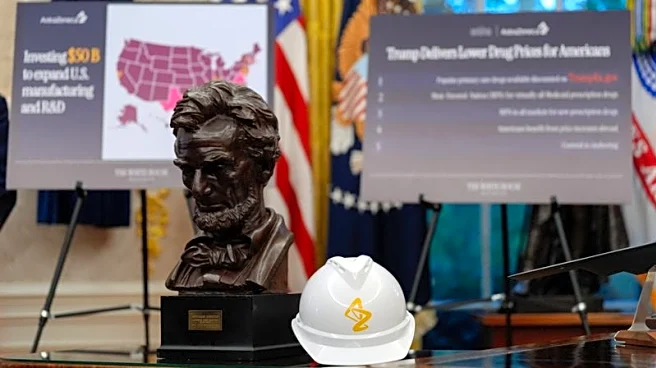What's Happening?
Singapore-based shipyard group Seatrium is facing a contract termination from Maersk Offshore Wind for a nearly completed wind turbine installation vessel. The vessel, valued at approximately $475 million, was contracted over three and a half years ago and is reported to be 99 percent complete. Maersk Offshore Wind, owned by A.P. Moller Holdings, cited delays and construction issues as reasons for the termination. The vessel was designed to meet the needs of the U.S. offshore wind industry, with capabilities to handle large turbines and improve installation efficiency. Seatrium is reviewing the contract terms and allegations, considering legal action to contest the termination.
Why It's Important?
The termination of this contract could have significant implications for the U.S. offshore wind industry, particularly the Empire Wind project off Long Island, New York. The vessel was intended to deploy at this site, which is crucial for meeting renewable energy targets. The dispute may delay the project's timeline, affecting stakeholders like Equinor and Edison Chouest Offshore, who are involved in the construction and operation of related infrastructure. Legal proceedings could also impact Seatrium's reputation and financial standing, influencing future contracts and partnerships in the renewable energy sector.
What's Next?
Seatrium plans to explore viable solutions, including discussions with Empire Offshore Wind, the end-customer. The company is evaluating its legal and commercial options, potentially contesting the termination notice or initiating legal proceedings for wrongful termination. The outcome of these actions could determine the project's future and influence industry practices regarding contract management and dispute resolution.
Beyond the Headlines
This situation highlights the complexities and risks involved in large-scale renewable energy projects, including contractual obligations and technological challenges. It underscores the importance of robust project management and contingency planning in the face of unforeseen delays and construction issues. The case may set precedents for how similar disputes are handled in the industry, affecting future collaborations and investments.













